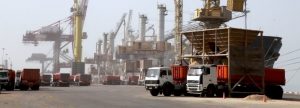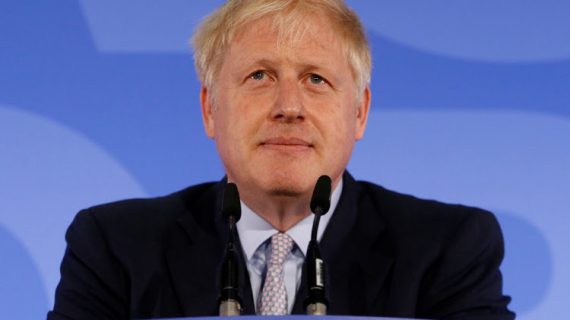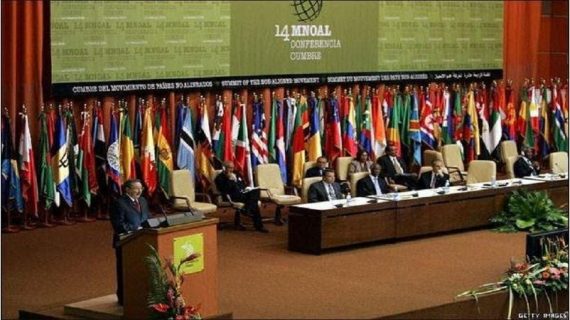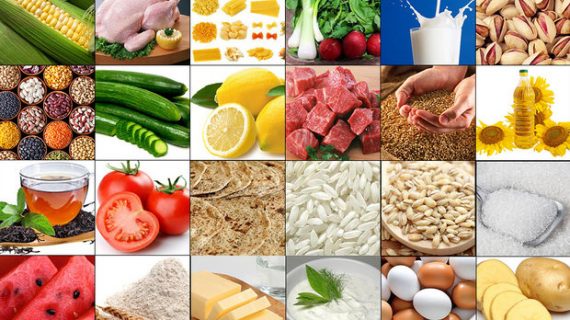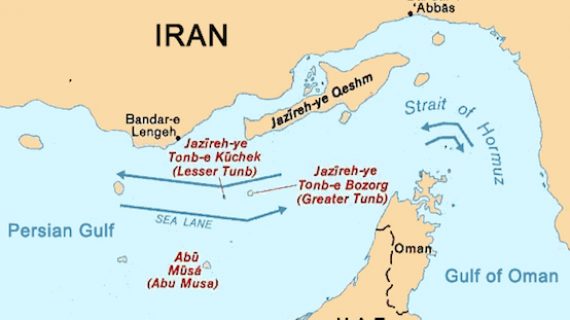IMF Tips for Iran to Expand Non-Oil Exports
Non-oil exports represent only 11% of GDP, in line with other oil exporting countries, but are low compared to upper middle-income states that on average export 24.2% of GDP, reflecting the legacy of import substitution, a reliance on domestic markets and
Reported by HPMM Group according to FINANCIAL TRIBUNE ; The comparatively low share of oil exports to GDP reflects Iran’s relatively large and diversified economy.
Natural resources dominate Iran’s exports, representing almost 53% of total exports but account only for 12.3% of Iran’s GDP.
Iran exports more products than the average of MENA countries, but many of its products are closely related to the oil sector (such as plastic and rubber products), reads the latest report compiled by a staff team of the International Monetary Fund on Iran’s economy. Excerpts follow:
Iran’s overall level of non-oil exports as a share of GDP and the degree to which it trades with other countries is low. Non-oil exports represent only 11% of GDP, in line with other oil exporting countries that on average export 10.4% of GDP, but are low compared to upper middle-income states that on average export 24.2% of GDP, reflecting the legacy of import substitution, a reliance on domestic markets and the impact of sanctions.
Iran trades with relatively few countries. Its non-oil exports are mainly dispatched to the largest economies in Asia, with 37% of it going to China. Exports to Europe, which represent a non-oil market 40% larger than the Asian one, remain subdued.
The country needs to expand its trade with more partners, if it is to increase non-oil exports and achieve the Sixth Five-Year Development Plan’s (2017-22) target of growing non-oil exports 15% of GDP by 2020.
Non-Oil Export Opportunities
Iran’s main exports in three broad goods categories highlight the opportunities for Iranian non-oil exports:
– Polyethylene (top export of plastic and rubber category, representing 11.6% of Iran’s non-oil exports). Iran mainly exports this good to China (84%) and Turkey (10%). However, the large European market, which imported $9.5 billion worth of polyethylene in 2015 and accounted for 35% of the global market, is largely underexploited.
– Car parts (top export of the transportation category, representing 0.1% of Iran non-oil exports). Iran mainly exports car parts to a small set of countries in Europe, namely Turkey (72%), France (24%) and Russia (3%).
– Pistachios (top export of the agriculture category, representing 5.9% of Iran non-oil exports). Iran exports pistachios to a large number of world buyers.
> Policies to Diversify and Boost Non-Oil Exports
Improving Iran’s export competitiveness will be key to diversifying and boosting non-oil exports.
Reforms to unify the exchange rate must be accompanied by deep structural reforms to improve competitiveness and raise non-oil exports. Iran’s Global Competitiveness Index rank, which improved seven notches to 69th, continues to be constrained by problems of access to finance, bureaucracy and policy uncertainty. The export sector is small. Some 250 companies account for 60% of total goods exports.
Attracting more foreign direct investment would help the exporting private sector to develop and increase its technological know-how. Currently, FDI net inflows represent only 0.02% of GDP, below the level observed in other MENA countries (2% of GDP).
Human-capital intensive exports are below emerging and developing countries’ average. To tackle technological obsolescence, knowledge transfer via FDIs could help Iran develop human-capital intensive exports and create high skill jobs.
Iran could also lower its administrative barriers to trade. It takes 25 days to clear exports, the longest in non-conflict MENA countries reflecting weak infrastructure (in particular air transport but also roads and ports), red tape and high tariffs. The proposed amendments to the Customs Law should help improve trade processing time.
Domestic import tariffs averaged 20.9% in 2016 and restrictions on service trade (the fourth highest in the world) to protect inefficient enterprises.
Bilateral and multilateral trade agreements could help expand market access for Iranian firms. Tariffs applied to Iran’s exports by its trading partners averaged 8.9% in 2014 (compared to an average of 2.9% applied to all other countries).
Developing bilateral agreements, notably with the European Union, could benefit Iran’s non-oil exporters.
According to the Islamic Republic of Iran Customs Administration’s latest report, Iran’s non-oil exports hit $46.93 billion in the last fiscal year (ended March 20, 2018), indicating a 6.56% rise year-on-year.
Exports of industrial goods saw a rise of 22.27% last year while exports of petrochemicals and gas condensates experienced a decline of 8.29% and 3.28%, respectively, the report said.
The main exported non-oil commodities during the period included petrochemical products worth $15.14 billion (accounting for 32% of the value of total export), followed by gas condensates with $7.79 billion (16%), liquefied natural gas with $2.49 billion (5%), liquefied propane with $1.47 billion (just over 3%), light crude oil, excluding gasoline with $1.32 billion (about 3%) and methanol with $1.17 million (just over 2.5%).
The export value of items categorized as “others” hovered around $24.7 billion or 52% of overall exports, registering a rise of more than 22% compared with the year before.
China, the UAE, Iraq, South Korea and Turkey were Iran’s top export destinations last year.
Exports to China, Iran’s top trading partner, stood at 34.89 million tons worth $9.65 billion, posting a rise of 8.31% YOY.
Iran exported 18.08 million tons of non-oil commodities worth $6.76 billion to the UAE, registering a decline of 9.59% YOY.
Exports to Iraq saw a rise of 4.79% to stand at 13.09 million tons worth $6.42 billion.
Exports to South Korea jumped 52.25% compared with the year before to hit 10.06 million tons worth $4.38 billion.
Exports to Turkey experienced a rise of 22.88% last year to reach 10.93 million tons worth $3.24 billion.

